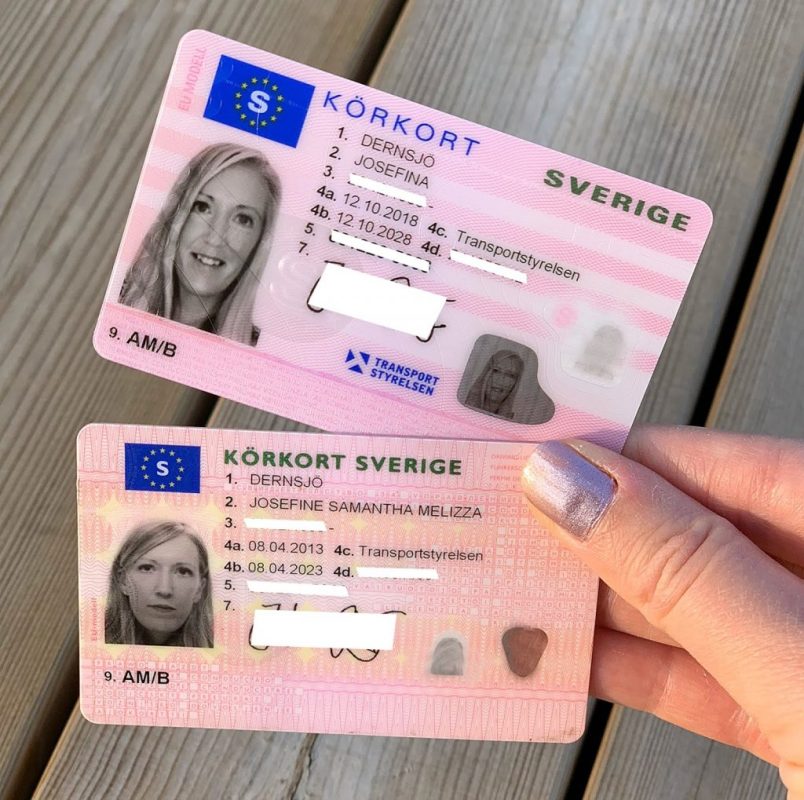Navigating the New Landscape of Driving License ID Handling in 2025
In every society, the driving license serves as an important file, not just as an evidence of the ability to run a lorry but also as an identification tool. As we enter 2025, substantial changes have emerged relating to the handling and management of driving licenses, mostly affected by advances in technology, progressing regulations, and the need for enhanced security measures. This post intends to provide a comprehensive summary of driving license ID handling in 2025, elucidating the innovations involved, the upcoming legal transformations, and supplying answers to typical inquiries.
The Transition to Digital Driving Licenses
Among the most noteworthy transformations in driving license ID handling is the extensive adoption of digital driving licenses. These digital licenses are kept electronically on smartphones, offering several benefits to both drivers and authorities. In the United States, for example, many states have actually started implementing digital motorist's licenses, while nations such as Canada and the UK are anticipated to do the same quickly.
Secret Benefits of Digital Driving Licenses
- Convenience: Easily accessible on mobile phones, getting rid of the need to bring physical copies.
- Boosted Security: Incorporating biometric features and file encryption assists to fight identity theft and fraud.
- Real-time Updates: Immediate updates to personal details, such as modifications in address or status, improve precision.
Challenges and Concerns
Regardless of the benefits, the shift to digital licenses provides challenges, including issues about personal privacy, cybersecurity dangers, and the digital divide impacting those without access to mobile phones or the web.
Modifications in Regulatory Framework
As we head into 2025, several regulations surrounding driving licenses have actually come under analysis and transformation. Governments and regulative bodies are concentrating on ensuring that driving licenses are safe and secure, valid, and issued in compliance with established laws.
Key Legislative Trends
Standardized ID Formats: Countries are moving towards a standardized format for driving licenses to enhance recognition and improve security.
Increased Verification Procedures: Authorities are now utilizing sophisticated approaches such as facial acknowledgment and AI to enhance verification processes at checkpoints.
Focus on Sustainability: With growing ecological concerns, numerous states are choosing eco-friendly materials for physical licenses and checking out robust digital alternatives.
Age and Identity Verification: Enhanced procedures are being put in location to accurately confirm the age and identity of chauffeurs, specifically in contexts where age-related laws apply to driving.
The Global Perspective: State-By-State Comparison
| Country | Digital License Implementation | Existing Regulations | Notable Features |
|---|
| United States | Numerous states in progress | Varies by state, efforts to combine formats | QR codes for easy recognition |
| Canada | In pilot phases | Standardized identification throughout provinces | Combination with health IDs |
| United Kingdom | Early adoption stage | Focus on Körkort online renewal and details updates | Digital verification by means of the app |
| Australia | Under factor to consider | Increasingly strict identification protocols | Focus on scams avoidance |
The Role of Technology in ID Handling
Technology is revolutionizing how driving licenses are handled. AI, blockchain, and biometrics are becoming essential to driving license issuance and confirmation.
Innovations Shaping the Future
Synthetic Intelligence: AI algorithms are now made use of for recognizing patterns in driving habits, which can inform insurance premiums and legal ramifications.
Blockchain Technology: Ensuring the stability and credibility of driving license data, blockchain technology permits secure sharing of details in between authorities without fear of tampering.
Biometrics: Increasingly, biometric systems are executed at the point of issuance and confirmation, such as facial acknowledgment and finger print scanners, to guarantee safe identity confirmation.
Potential Impacts of Emerging Technologies
The application of these innovations can lead to improved reliability and security of driving IDs, but it raises questions about information privacy and user consent.
Often Asked Questions (FAQs)
1. What should I do if my digital driving license is lost or taken?
You ought to right away report the loss or theft to your local automobile firm. A lot of digital licenses have integrated functions to disable gain access to from another location.
2. Are digital driving licenses accepted everywhere?
As of 2025, acceptance of digital licenses differs by area. It's advised to bring both digital and physical copies when taking a trip across state or national borders.
3. Can I update my information on a digital driving license?
Yes, updates can typically be made through the associated mobile application or site of the issuing authority.
4. What are the security measures for digital licenses?
Digital licenses usually integrate features such as encryption, two-factor authentication, and biometric confirmation to boost security.

5. How will standard driving licenses be impacted?
The move towards digital licenses might lower the issuance of physical licenses, however they will still be available for those unable to access digital choices.
As we advance into a brand-new period in 2025, the handling of driving licenses is optimizing to fulfill the needs of modern society. Through technological improvements and regulatory reforms, individuals can expect a more safe and secure, effective, and streamlined procedure for obtaining and handling their driving licenses. Nevertheless, as digital options multiply, it stays important to address challenges connecting to privacy, security, and accessibility, making sure fair roadway access for all drivers while protecting individual info. As governments across the globe continue to adjust to these changes, the future of driving license ID handling is set to be both vibrant and transformative.